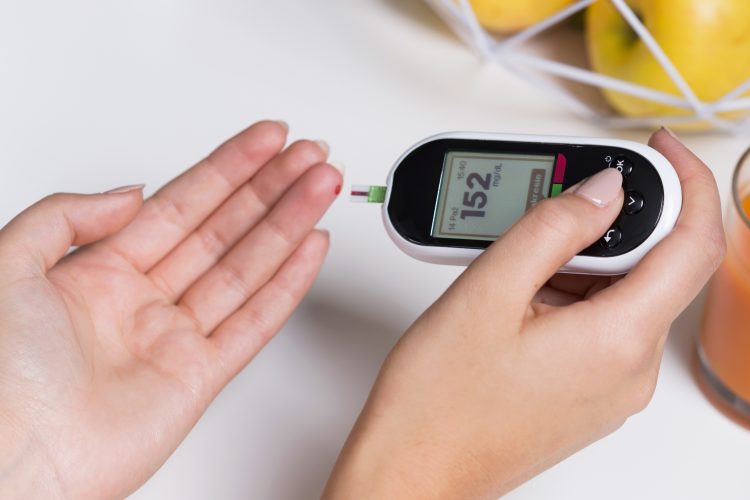Wearable patch device could provide an affordable insulin therapy for type 2 diabetics
Posted: 1 April 2020 | Hannah Balfour (European Pharmaceutical Review) | No comments yet
A study comparing the V-Go device administering regular human insulin and rapid acting insulin analogues found they were equally effective and safe at controlling blood glucose.


A trial of the V-Go® 24-hour wearable patch-like insulin delivery device showed it is equally as effective and safe when using regular human insulin (RHI) to control the blood sugar of type 2 diabetics, as with the more modern rapid acting insulin (RAI) analogues.
The researchers of the trail suggest using the older form of insulin, RHI, could be a more affordable insulin therapy than the newer RAI analogues. The results of the clinical trial comparing the two will be published in the Journal of the Endocrine Society.
“The modern insulins – RAI analogues – have dominated the mealtime insulin market for years, but skyrocketing prices have resulted in concerns of affordability and whether their differences from other available insulins are clinically relevant,” said study lead investigator Dr Pablo Mora, an endocrinologist at Dallas Diabetes Research Center at Medical City, US.
According to Dr Mora, when RHI is administered through an insulin pen or syringe it takes longer to reach the bloodstream, but also has a longer duration of action compared to RAIs. Both can influence blood glucose control.
V-Go is a 24-hour small, disposable mechanical device that is worn like a patch on the skin. According to its manufacturer, Valeritas Inc., V-Go is approved for use with RAI in adults with diabetes. The patch can deliver both a steady continuous subcutaneous infusion of insulin for 24 hours and mealtime insulin dosing on demand, Mora stated.
The study was a multi-centre, randomised trial where 113 adults with type 2 diabetes currently using V-Go with RAI were assigned to two cohorts: 54 patients to continue using the V-Go with RAI and another 59 patients switched to using RHI with V-Go. Over the 14-week study, the researchers measured the difference in average change in haemoglobin A1c between the groups. A1c is a measure of long-term blood glucose control.
They reported improvements in A1c for both groups, with a decrease of 0.6 percent in the RHI group and of 0.38 percent in the RAI group. Mora stated that as a result the study met its primary endpoint of non-inferiority, or similar blood glucose control. The researchers found no between-group differences in the total daily dose of insulin required or in episodes of low blood sugar, indicating the RHI therapy was also safe.
“By continuously infusing insulin for 24 hours with V-Go, differences in duration of insulin action are minimised between the two insulins. Our results support that RHI can be safely and effectively used when delivered by V-Go. Use of RHI with V-Go expands the affordability of insulin therapy,” Mora concluded.
Related topics
Active Pharmaceutical Ingredient (API), Biopharmaceuticals, Clinical Trials, Drug Delivery Systems, Drug Markets, Drug Safety, Research & Development (R&D), Therapeutics









